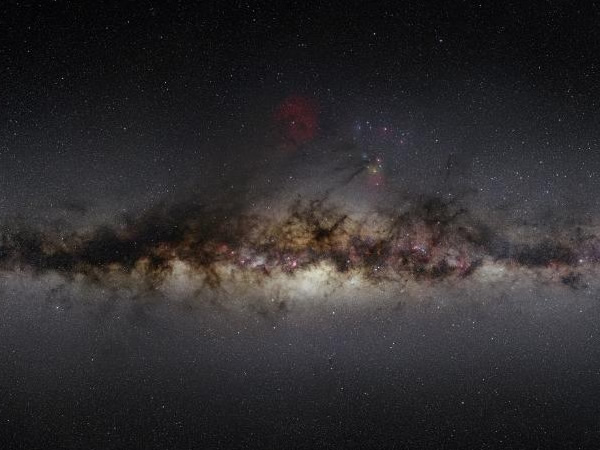
Visible wavelength (DSS/Wikisky)The night's sky is full of wonders - and we're not talking just the stars that you can see with your naked eye. You'll want to see it in other wavelengths, too. But since we don't have X-ray vision, this is the next best thing.
The Chromoscope project, built by Stuart Lowe, Chris North and Robert Simpson in 2009, lets you move across the Milky Way galaxy and view it in different electromagnetic wavelengths: visible light, gamma-ray, X-ray, Hydrogen alpha, near infrared, far infrared, microwave, and radio.
Radio (Haslam 408 MHz)Check it out: Chromoscope | Wondering what you're looking at? This blog post may have the answer.

No comments:
Post a Comment